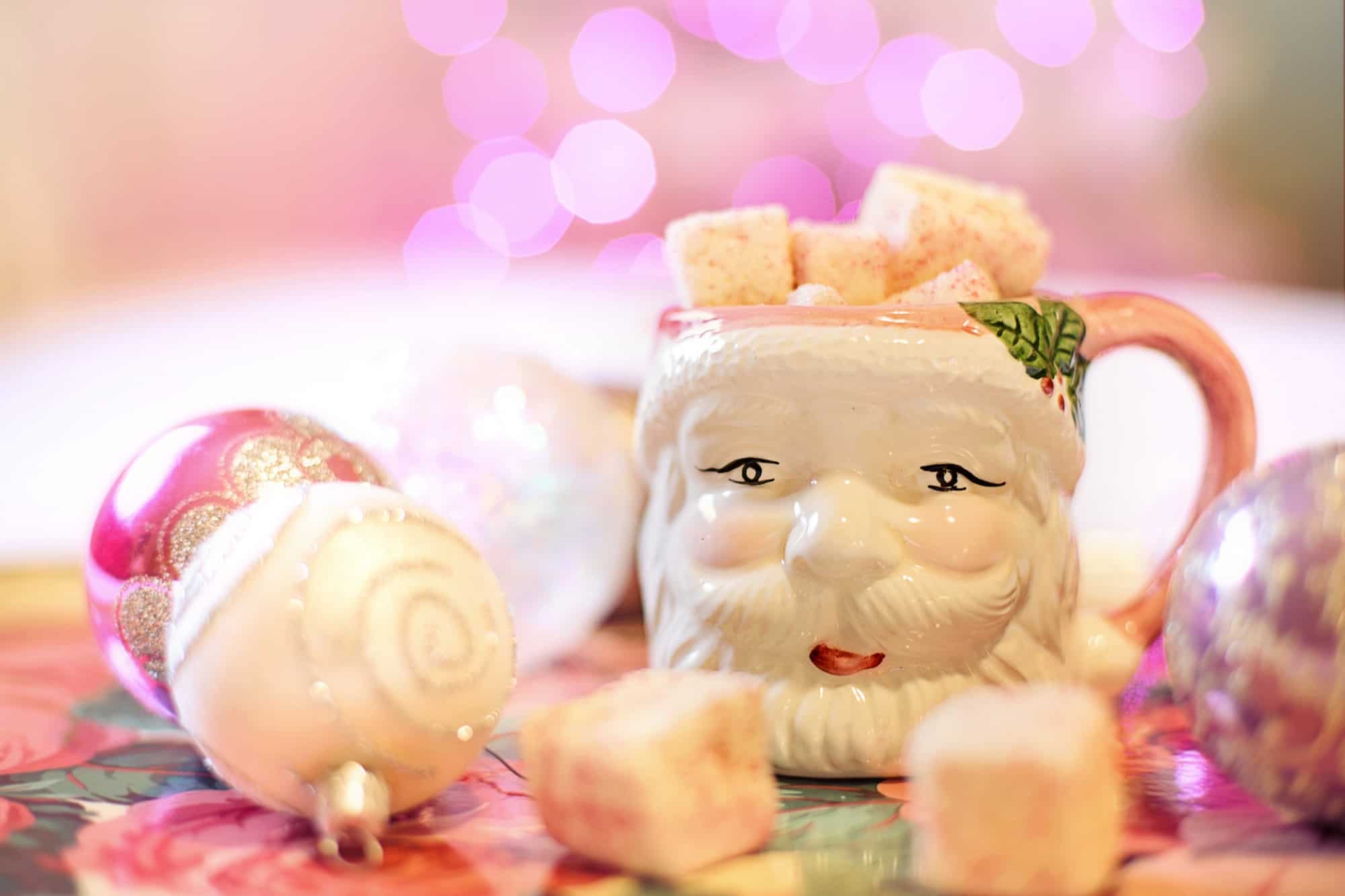Fourteen years ago, not only did I quit making New Year’s resolutions, I also stopped giving up stuff for Lent. Instead of the annual ritual of temporarily sacrificing some arbitrary thing (chocolate, frou-frou coffee, eating out, whatever), I took a class on mediation at a Buddhist Monastery and discovered that there was a better option. I learned to meditate. Mediation taught me to manage my tendency to worry.
I also learned that I could spend the Lenten period devoting myself to a new practice, a new way to strengthen my spiritual life. This year, however, after over a decade of not giving stuff up, I’m breaking my personal tradition. Well, sort of.
This year, I’ve decided to give up Worry for Lent.
To be clear, the initial choice not to give up anything for Lent wasn’t prompted by a loss of faith. My faith is like a candle in the window. No, darling, I was in a rough place in my marriage (basically, it kind of sucked). I needed the comfort of prayer and the welcoming arms of the church. I needed to focus on surrender, not sacrifice.
I longed for love and forgiveness as an approach to living life, not deprivation and self-flagellation.
Easter, the light at the end of the tunnel of the Lenten season, is about the cycle of re-birth, not the abrupt end of life with death. Shifting my focus away from sacrifice and toward love, acceptance, and forgiveness allowed me to take the heart of the season and channel it for my own personal growth.
When I did my end of the year review, I realized that one of the ways I’ve been harming myself is spending too much of my precious time focusing on things I worry about. And meditation alone hasn’t been enough to manage it.
I worry about the state of the world and the loss of civility when it comes to discourse. That we’re seeing more racial divide instead of coming together. I worry about the folks crying #metoo and worry about those who are falsely accused. I worry about how friends are managing grief. I worry about the words I’ve written and the ones I haven’t and about the progress my dearest friends are making on their novels, and not making. And then, there are the lines around my eyes and my expanding waistline.
Now, some of those worries – my waistline, the number of words on a page – are things I can address. But most of them are out of my control. That just makes the worry, well, pretty darned wasteful when it comes to what I spend my precious focus on.
Dear heart, the truth is that worry is nothing but a bully.
Worrying takes my peace of mind, shreds my gentle heart, and fills my head with racing thoughts. And, like a bully, worry never gives anything positive back to me. I know, that I am not alone in being bullied by worry.
One of the tools that works for me is to choose a holiday or calendar event (Advent, Winter Solstice, etc.) as a jumping off point to work on a new skill. This makes me better able to stick to a new practice or the pursuit of a new habit stick, because there are external things in the world happening at the same time.
On a twist of my fourteen-year tradition, I’m giving up something for Lent, not as true sacrifice, but as a choice to really surrender to what my soul is calling for.
I’m giving up worry for Lent. Would you like to join me?
I know it sounds easy on the surface. Yet my understanding that worry can be a relentless bully tells me that this is not going to be easy. I think giving up worry is going to be harder than those years of giving up chocolate. (And darling, giving up chocolate was hard). So, I’m going to experiment. Here’s how.
First of all: create a worry jar.
It’s a technique that therapists use with children who have anxiety. I am reminded that sometimes, children manage things better than adults. That’s why Madeleine L’Engle said: “You have to write the book that wants to be written. And if the book will be too difficult for grown-ups, then you write it for children.”
Here’s what you do: find a real glass or plastic jar and then label it (eg: Debra’s Worry Jar). You can decorate it, too, if you like. Once the jar is ready, write down all your worries on individual strips of paper, fold them over, and drop them in the jar. (You can use note cards – I found some nifty ½ size note-cards that are 3 x 2.5). When you’re done, put the lid on the jar.
As you go through your day, anytime a worry surfaces, write it down and put it in the jar. Again, close the lid so the worry doesn’t escape. Go immediately back to what you were doing.
Secondly, set a designated time for worrying.
This should be sometime in the middle of the day, not too early in the morning and definitely not late in the evening. It needs to be several hours before bedtime. This is a block of time no longer than 15 minutes. Mark it on you calendar, set aside that time to go over worries you’ve placed in the jar. Do this daily – or weekly. And then, when worry time has arrived, set a timer.
During this process, you can tear up worries, write new ones, or try to brainstorm solutions. No matter how you spend your worry time, when the bell goes off, you’re done for the day. And yes, when time’s up, you close the jar on your worries.
This does three things for your brain.
One, it begins to train your precious focus and thoughts so that you don’t have to wind yourself up in an anxiety spiral all hours of the day or night. You’ve set aside time to worry. Each time something surfaces, you gently remind yourself that your worry time is from 3 PM to 3:15. You can jot something down and toss it in the jar at any time. However, it’s important to purposefully shift your thoughts to other matters. Save that worry, that relentless bully, for the specified worry time.
Two, when you get in the habit of scheduling a time to worry, it begins to be a productive space of fifteen minutes that allows you to focus on what’s worrying you and possible solutions. Being productive during your worry session – that brainstorming or even honoring the fact that you’re stressing out over shit you just can’t control – will lessen your anxiety. This is why it’s so important to do it several hours before bedtime, so that when it comes time for bed, you mind knows worry isn’t on the bedtime program.
Three, if you stick with this practice until Easter – or beyond – you’ll eventually form a brand-new habit. You’ll have found a productive way to manage your worry rather than letting worry bully and manage you.
When you are full of anxiety, it’s hard to be present to your own life. Yet, studies show that presence helps you create a life that is more fulfilling. The choice to manage anxiety and worry will give you greater freedom. Freedom to curate a life that is more fulfilling and more joyful. I hope that you join me in my Lenten ways and that giving up worry becomes a new habit beyond Lent. Something for a lifetime.
When worries surface, remind yourself that worry is a bully. And you, darling, are choosing not to allow the bully rule your life.
Do you need some help managing your worries?
Sometimes, we need to talk through our challenges and combine them with great tools like a worry jar.
Would you like to explore those challenges with a pro? Get some support from someone that’s been there? Are you seeking practical advice? Someone to talk through potential pitfalls and solutions? Do you desperately need support around your crazy-busy life?
I have space for two new clients this summer. You can find details about packages and pricing here.
Drop me an email at: debra AT debrasmouse.com and we’ll schedule a call to see if we’re a good fit.









